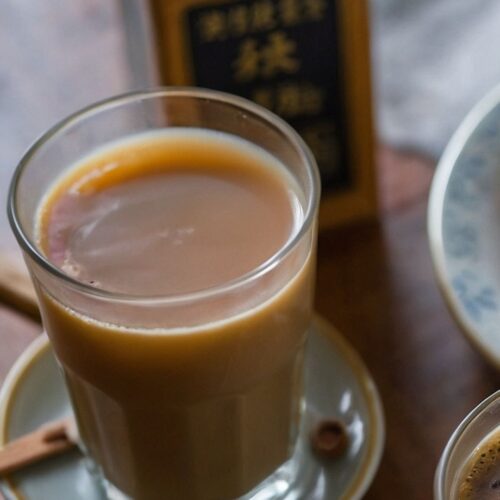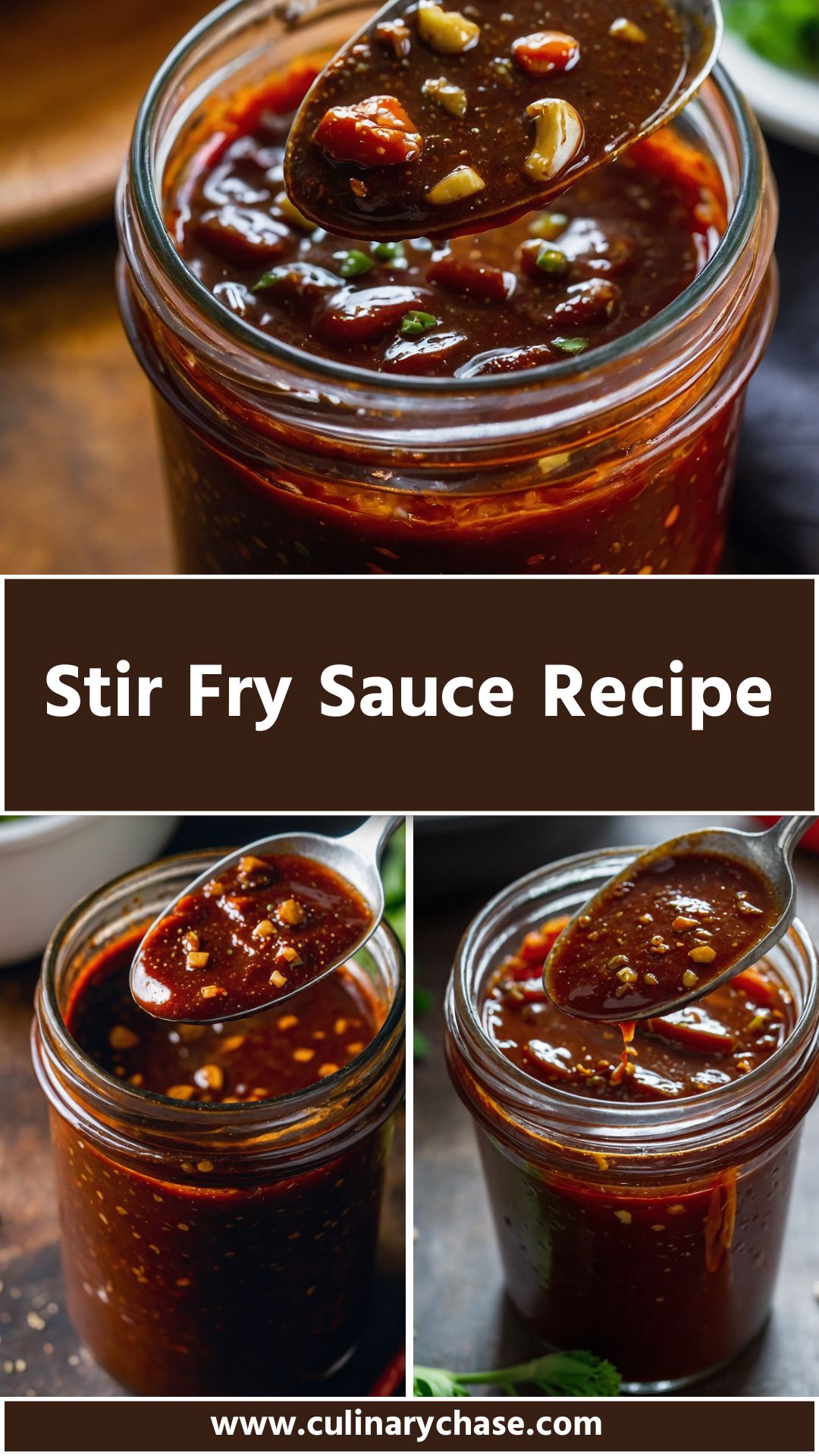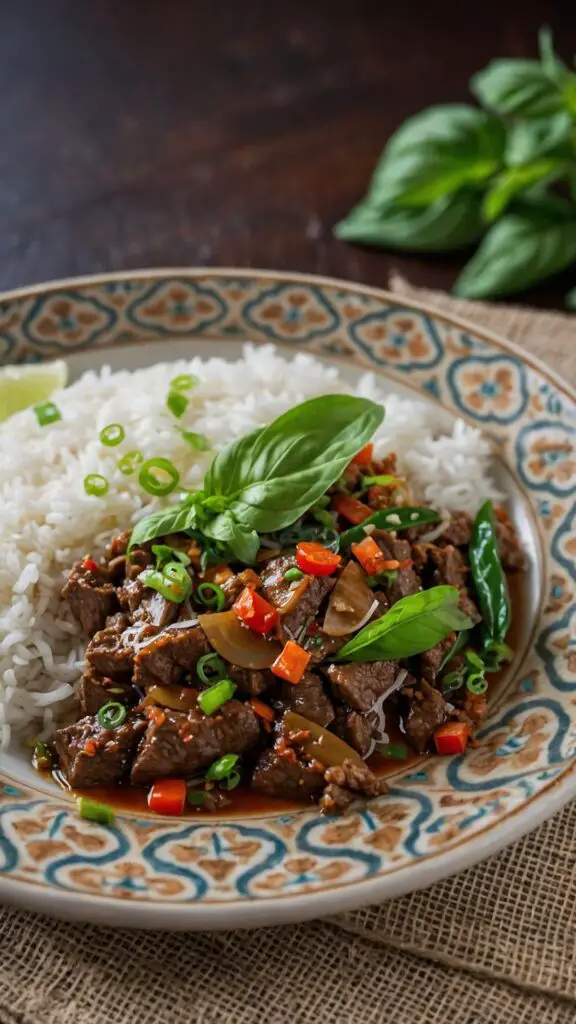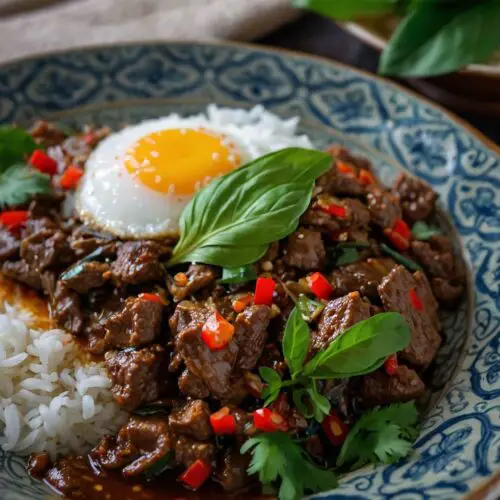Before we delve into the delightful world of Hong Kong Milk Tea, let’s talk about what goes well with this beloved drink. This tea is a smooth, creamy companion to a variety of snacks and meals. Picture yourself sipping a warm cup while enjoying buttery pineapple buns, or perhaps a flaky egg tart.
Both pair beautifully, enhancing the comforting aspect of the tea. For something heartier, consider enjoying it alongside classic Hong Kong-style street food like curry fish balls or savory pork buns. These complementary flavors create a perfect balance and make for an enriching experience.
Have you ever taken a sip of a drink and felt like you were wrapping yourself in a warm blanket? That’s how I feel each time I enjoy a cup of Hong Kong Milk Tea. This drink is not just a beverage; it’s a symbol of culture and history.
I remember my first taste vividly—in a bustling café in Hong Kong, the steam rising from my cup and the rich, velvety smoothness dancing on my palate. This milk tea tells a story, one that goes back decades, representing the blend of East and West.
Let’s take a journey today as we explore the intricacies of Hong Kong Milk Tea. We’ll uncover what it is, how to make it, and even share some helpful tips along the way. Trust me; you’ll want to make this tea part of your routine.
What is Hong Kong Milk Tea?
Hong Kong Milk Tea, often referred to simply as “Hong Kong-style milk tea” or “Silk Stocking Tea,” is a beloved beverage made from strong black tea, milk, and sugar. Its origins trace back to British colonial history, when tea culture began to flourish in Hong Kong.
The preparation involves brewing different types of black teas, which are then poured over evaporated milk to achieve its signature creamy texture. The tea is typically brewed in a unique way—often through a fine mesh strainer, which gives it that smooth, elegant finish.
In many cha chaan teng (Hong Kong-style cafés), the tea is brewed multiple times for extra richness. Some might say it’s an art form, requiring a precise balancing act of flavors. Similar to a comforting cup of coffee, this milk tea has a way of beckoning you back for seconds.
You will also like the following Drinks recipes!
What is the Flavor Profile of This Dish?
The flavor profile of Hong Kong Milk Tea is a delightful experience. Imagine a harmonious blend of sharpness from the black tea, which is counterbalanced by the creaminess of evaporated milk. This combination creates a silky mouthfeel. The addition of sweetened condensed milk brings a touch of sweetness, balancing the bitterness of the tea without overpowering it.
When you take a sip, you encounter a warm richness on the tongue, with a slight sweetness that lingers. Depending on the type of black tea used, you might also catch subtle floral or fruity notes, adding to the overall complexity. Each cup tells a different story based on the blend of teas and ratios of milk and sugar used.
What Makes This Recipe Different From Other Hong Kong Milk Tea?
What sets this Hong Kong Milk Tea recipe apart from others is its authenticity and the commitment to using quality ingredients. The emphasis on brewing techniques makes a significant difference in flavor. The precise selection of tea leaves adds depth. By blending teas like Ceylon Orange Pekoe with Lipton Black, you can achieve a balanced, aromatic infusion.
Moreover, this recipe highlights the use of evaporated milk rather than regular milk, giving the tea its signature creaminess. Many recipes take shortcuts, but this one focuses on authenticity, ensuring that each sip connects you to the rich heritage of Hong Kong.
Ingredients You’ll Need
To create the magic of Hong Kong Milk Tea at home, gather the following:
- 1⅓ cups evaporated milk (315 ml, or about ⅓ cup per serving)
- 10 tablespoons black tea leaves or fannings (a mix of Ceylon Orange Pekoe, Lipton Black, Earl Grey, or your preferred blend works wonderfully)
- ½ teaspoon vanilla extract (for a hint of warmth)
- 6 cups hot water (1.4L — this yields about 4½ cups of brewed tea)
- 1 to 2 tablespoons sweetened condensed milk (use ~1 teaspoon per serving; adjust to taste)
- A fine-mesh strainer (optional: line with fine cheesecloth for a silky-smooth finish)
Step-by-Step Directions
Step 1: Brew the Tea
Start by boiling your 6 cups of water in a pot. Once the water reaches a rolling boil, add the 10 tablespoons of black tea leaves. Let the tea steep for a good 5–7 minutes, depending on your personal taste preference. The longer it steeps, the stronger the flavor. After steeping, remove the leaves using a strainer.
Step 2: Mix in the Milk
In a separate large pitcher, pour in the 1⅓ cups of evaporated milk. The warmth of the brewed tea will blend beautifully with the milk. Pour the freshly brewed tea into the pitcher and mix thoroughly.
Step 3: Add Sweetness
Now, it’s time to sweeten things up. Start with 1 tablespoon of sweetened condensed milk and stir it into the tea mixture. Taste and adjust according to your sweetness preference. One teaspoon per cup is a good starting point.
Step 4: Strain for Smoothness
For that silky texture, strain your tea mixture through a fine-mesh strainer into individual cups or a larger serving pot. If you want to use cheesecloth for extra smoothness, feel free to do so.
Step 5: Serve and Enjoy
Serve your Hong Kong Milk Tea hot, and if you desire, you can add a splash of vanilla extract for an aromatic finish. Enjoy while it’s warm, and feel free to sip slowly to savor those rich flavors.
Tips on Making Hong Kong Milk Tea
To ensure your Hong Kong Milk Tea turns out perfect, consider the following tips:
- Use Quality Tea: The type of black tea impacts the flavor. Experiment with blends to find your perfect combination.
- Steep Aggressively: Don’t shy away from longer steep times to get a rich flavor.
- Creamy Finish: Evaporated milk is key for that Mumbai dish texture. Regular milk can dilute the creaminess.
- Balance Sweetness: Start with less sweetened condensed milk and add more as needed. You can always add, but you can’t take away.
- Hot is Best: While iced versions exist, nothing beats a hot cup of Hong Kong Milk Tea fresh from the pot.
Nutrition Information
Here’s a breakdown of the nutrition you can expect per serving of Hong Kong Milk Tea (assuming 4 servings total):
- Calories: Approximately 140
- Total Fat: 5g
- Carbohydrates: 20g
- Sugars: 10g
- Protein: 4g
Remember, nutrition may vary slightly based on your specific ingredient choices.
How Can I Store This Hong Kong Milk Tea?
If you’ve made more tea than you can drink, don’t worry! You can store your leftover Hong Kong Milk Tea in the refrigerator. It will keep well for about 2–3 days. When you’re ready for another cup, you can reheat it in the microwave. Just remember to stir well, as some separation may occur.
Ingredient Substitutes
If you find yourself short on certain ingredients, here are some substitutes:
- Evaporated Milk: You can use whole milk or a combination of cream and milk for a similarly rich texture.
- Black Tea Leaves: If you can’t find the recommended blends, feel free to use any strong black tea. English Breakfast or Assam are good alternatives.
- Sweetened Condensed Milk: If you want to avoid added sugars, consider using a sugar-free sweetener or making your own simple syrup.
- Vanilla Extract: For a different flavor, try almond extract or even a touch of caramel syrup.
Hong Kong Milk Tea
Before we delve into the delightful world of Hong Kong Milk Tea, let’s talk about what goes well with this beloved drink.This tea is a smooth, creamy companion to a variety of snacks and meals.
Prep Time 25 minutes mins
Total Time 25 minutes mins
Course Drinks
Cuisine Hong Kong
Servings 4
Calories 140 kcal
- 1⅓ cups evaporated milk 315 ml, or about ⅓ cup per serving
- 10 tablespoons black tea leaves or fannings a mix of Ceylon Orange Pekoe, Lipton Black, Earl Grey, or your preferred blend works wonderfully
- ½ teaspoon vanilla extract for a hint of warmth
- 6 cups hot water 1.4L — this yields about 4½ cups of brewed tea
- 1 to 2 tablespoons sweetened condensed milk use ~1 teaspoon per serving; adjust to taste
- A fine-mesh strainer optional: line with fine cheesecloth for a silky-smooth finish
Step 1: Brew the Tea
Start by boiling your 6 cups of water in a pot. Once the water reaches a rolling boil, add the 10 tablespoons of black tea leaves. Let the tea steep for a good 5–7 minutes, depending on your personal taste preference. The longer it steeps, the stronger the flavor. After steeping, remove the leaves using a strainer.
Step 4: Strain for Smoothness
Step 5: Serve and Enjoy
Serve your Hong Kong Milk Tea hot, and if you desire, you can add a splash of vanilla extract for an aromatic finish. Enjoy while it’s warm, and feel free to sip slowly to savor those rich flavors.
- Use Quality Tea: The type of black tea impacts the flavor. Experiment with blends to find your perfect combination.
- Steep Aggressively: Don’t shy away from longer steep times to get a rich flavor.
- Creamy Finish: Evaporated milk is key for that Mumbai dish texture. Regular milk can dilute the creaminess.
- Balance Sweetness: Start with less sweetened condensed milk and add more as needed. You can always add, but you can’t take away.
- Hot is Best: While iced versions exist, nothing beats a hot cup of Hong Kong Milk Tea fresh from the pot.
Calories: 140kcalCarbohydrates: 20gProtein: 4gFat: 5gSugar: 10g
Keyword Hong Kong Milk Tea
Frequently Asked Questions about Hong Kong Milk Tea
1. Can I make Hong Kong Milk Tea with tea bags?
Absolutely! If you’re pressed for time or don’t have loose-leaf tea, tea bags work just as well. Just use the equivalent amount recommended on the package for the same strength.
2. Is Hong Kong Milk Tea typically served cold or hot?
Hong Kong Milk Tea is traditionally served hot, but it can also be enjoyed iced, especially in warmer months. Just brew the tea, then pour it over ice for a refreshing treat.
3. Can I make variations of Hong Kong Milk Tea?
Definitely! Many enjoy adding different flavors like caramel, or even spices like cinnamon. Experiment to find your favorite twist.
4. Why is it called “Silk Stocking Tea”?
The name comes from the traditional method of straining the tea through an old silk stocking to achieve that smooth texture. It might sound strange, but it really does enhance the quality
5. How does the sweetness level compare to other teas?
Hong Kong Milk Tea is typically sweeter than many traditional teas, due to the addition of sweetened condensed milk. Adjust the amount based on your taste preferences.
Conclusion
Sipping on a cup of Hong Kong Milk Tea is truly an experience. It’s more than just a drink; it’s a blend of cultures, history, and flavors that bring comfort in every sip. By incorporating some easy steps and quality ingredients, you can create this delightful beverage at home.
Whether enjoyed alone, paired with a snack, or shared with friends, it’s sure to become a favorite. So, grab your ingredients, put the kettle on, and immerse yourself in the enchanting world of Hong Kong Milk Tea. Cheers!
You’ll also like these latest recipes!






















